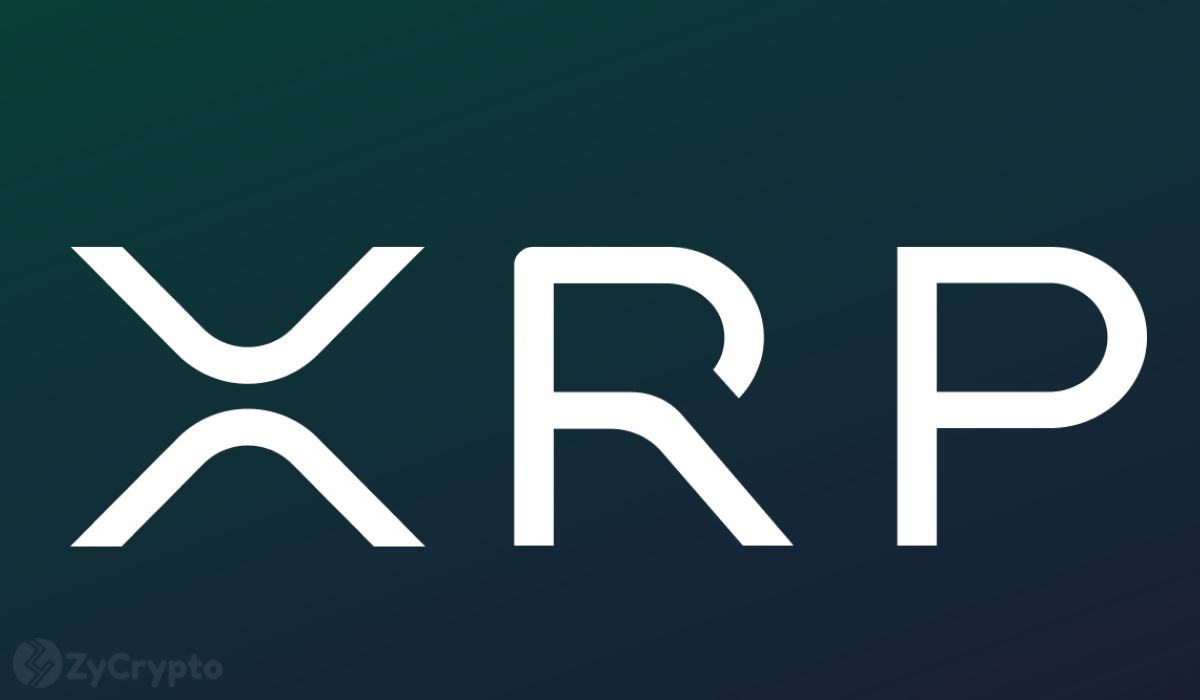ARTICLE AD BOX

- INJ 3.0 introduces a 400% increase in token burns, making it one of the most deflationary crypto assets.
- The real-time adjustment mechanism increases deflation rates as more INJ tokens are staked on-chain.
With the release of INJ 3.0, injective has boldly positioned INJ as among the most deflationary assets in the crypto market. The most recent upgrade focuses on accelerating burn mechanism reduction of INJ token circulation.
Within the crypto community, this action has attracted a lot of interest, particularly as it promises to change the economics of the Injective ecosystem.
Starting this week, INJ 3.0 enters its first phase which aims to dramatically reduce the Injective token supply.
This ultimately sets the stage for $INJ to become one of the most deflationary assets in all of crypto. pic.twitter.com/1MhjNnUbkF
— Injective  (@injective) October 1, 2024
(@injective) October 1, 2024
INJ 3.0’s 400% Deflation Boost
The INJ 3.0 update brings a shockingly 400% rise in the deflation rate. Injective is using the scarcity concept to generate long-term value by permanently removing tokens from circulation.
Already a unique aspect of the Injective tokenomics, the burn mechanism now covers all distributed application (dApp) network fees, hence strengthening the token burn process.
By means of a governance proposal called IIP-392, that aimed to lower on-chain parameters and hence limit the minting of new INJ tokens, the community largely endorsed this modification. The modifications line up with the Bitcoin halving, therefore positioning INJ to replicate the deflationary properties of Bitcoin.
As more tokens are staked during the next two years, the deflationary process will quicken, therefore lowering the supply of tokens faster than in past times. This real-time change system guarantees that the network stays balanced and flexible enough to adapt to stake activity variations.
This update marks a substantial economic change meant to ensure the long-term viability of Injective as a major participant in the distributed finance (DeFi) market, not only a technical improvement.
Emphasizing that these modifications are necessary to keep Injective competitive in the institutional finance market, Jenna Peterson, CEO of the Injective Foundation, says INJ 3.0 is intended to draw fresh users while rewarding early adopters as billions of dollars currently pass through the system.
Burn Auction Expands to Boost Token Scarcity Through dApp Fees
The platform’s deflationary character of INJ is not a new idea. Already a successful technique is the Injective Burn Auction, which gathers and burns collected network fees. Actually, around 5.9 million INJ tokens had been burned this manner before the INJ 3.0 release.
The quantity of INJ burned monthly is anticipated to rise dramatically if the burn mechanism is extended to include all dApp network charges, therefore accentuating its scarcity.
Innovations by Injective transcend tokenomics. In other spheres, the platform has also been a pathfinder. Recently, according to CNF, Injective unveiled the first tokenized index for BlackRock’s BUIDL Fund, providing consumers with low-cost, rapid access to a fund with assets under management valued around $500 million.
Offering consistent value and monthly payments, the BUIDL token has placed the fund among the biggest tokenized assets in the market.
Technically, as we previously highlighted, Injective has been raising the efficiency of its network. With an average block duration of just 0.65 seconds, the platform now allows real-time data processing, increases high-frequency trading, and attracts liquidity.
These improvements help Injective One to be among the fastest and most dependable blockchain systems, therefore reinforcing its standing in the cryptocurrency scene.
Even with the encouraging advancements, INJ’s token has lately dropped. With a price of roughly $21.36 as of writing, INJ dropped 11.89% over the last 24 hours. This decline tracks more general market factors influencing the whole crypto market.
.png)
 1 month ago
3
1 month ago
3








 English (US)
English (US)